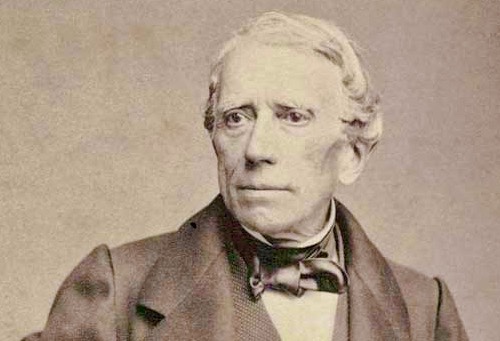To move, to breathe, to fly, to float, To gain all while you give, To roam the roads of lands remote, To travel is to live. ~ Hans Christian Andersen

Hans Christian Andersen is an iconic figure in literature, credited with over 150 renowned fairy tales which have been translated into many languages and adapted throughout the world.
His stories have been enjoyed by children and adults alike for generations and remain popular today. While most people recognize Andersen for his work as an author and poet, many don’t know about the obstacles he overcame on his way to success – including dyslexia.
Born in Odense, Denmark in 1805, Hans Christian Andersen faced a difficult childhood. He was raised in poverty. His father was a shoemaker and his mother contributed to the family income by washing clothes of other people. He was an only child and his parents allowed him to develop his imagination. His father died when Hans was only 11, leaving him and his mother destitute.
Struggling Through School
In his early school years, Hans was not a strong student and after his father died, he did not go to school very often. He struggled with education and had difficulty focusing on topics. He was not a good student. The other pupils didn’t like him and the teachers made fun of him because he wanted to be a writer.
Hans said that his time in school was the worst time of his life. He liked memorizing stories better than reading them. He would tell the stories to anyone who wanted to listen. Sometimes he would act out parts of the story while he was telling it, like ballet dancers or acrobats.
Today it is believed that he had dyslexia – which wasn’t properly understood back then! At the time, students like Andersen were often shamed or ridiculed for their difficulties in school, leading him to feel embarrassed and discouraged. Despite this, he continued to pursue his passions in writing and storytelling.
Turning Adversity Into Success
Andersen turned what some people would have seen as a weakness into a strength. By relying on strong imagination rather than rote memorization, he created wonderful worlds full of beloved characters that have persisted throughout time. Even today’s generation can appreciate his stories… like “The Little Mermaid,” “The Ugly Duckling,” and “Thumbelina.”
It goes to show that having dyslexia doesn’t have to be a barrier to your child achieving their dreams – if anything it can help fuel their creativity! What matters is how they use the tools they already have at your disposal.
Hans Christian Andersen’s story provides an inspiring example of someone who overcame adversity through grit and determination – something every child with dyslexia should strive for!

I recall reading this in a children’s book about him and also a few years earlier when I was reading up about him.. It is always so very inspiring and heartening to read such stories for it helps us know that we can all do more..
Yes, Vidya. With grit and determination, children with dyslexia can achieve anything they dream of. They do get there faster, however, when they have an adult in their corner… supporting them.